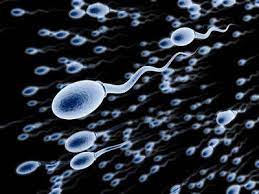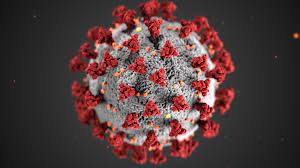A groundbreaking study led by researchers at Karolinska Institutet has uncovered the intricate mechanisms behind fertilization in mammals, shedding light on how egg coat proteins safeguard embryos from polyspermy, a fatal condition. The findings, published in the journal Cell, offer valuable insights into female infertility and may pave the way for novel contraceptive methods.
The research, spearheaded by Professor Luca Jovine and his team at the Department of Biosciences and Nutrition, delved into the role of the protein ZP2 in regulating the interaction between eggs and sperm during fertilization. By mapping the structure and function of ZP2, the team elucidated how the egg coat tightens after fertilization, preventing the entry of additional sperm and safeguarding the developing embryo.
“It was known that ZP2 is cleaved after the first sperm has entered the egg, and we explain how this event makes the egg coat harder and impermeable to other sperm,” explained Professor Jovine. “This prevents polyspermy — the fusion of multiple sperm with a single egg — which is a fatal condition for the embryo.”
Furthermore, the study unveiled the crucial role of changes in the egg coat in ensuring female fertility by protecting the embryo until implantation in the uterus. Mutations in genes encoding egg coat proteins can lead to female infertility, underscoring the significance of understanding these mechanisms in diagnosing and potentially preventing infertility.
“Mutations in the genes encoding egg coat proteins can cause female infertility, and more and more such mutations are being discovered,” Professor Jovine remarked. “We hope that our study will contribute to the diagnosis of female infertility and, possibly, the prevention of unwanted pregnancies.”
The study’s findings challenge previous assumptions about the role of ZP2 as a sperm receptor on the egg coat. Contrary to expectations, a part of ZP2 thought to act as a receptor was found to be unnecessary for sperm attachment. This revelation prompts further investigation into the true sperm receptor on the egg coat.
Combining advanced techniques such as X-ray crystallography, cryo-electron microscopy (cryo-EM), and functional studies in mice, the researchers unraveled the intricate details of egg coat proteins’ structure and function. The utilization of AI program AlphaFold facilitated the prediction of the egg coat’s structure in humans, enhancing our understanding of its role in fertility.
The study, conducted in collaboration with universities in Japan and the USA, was primarily funded by the Knut and Alice Wallenberg Foundation, the Swedish Research Council, and the Centre for Innovative Medicine (CIMED). With no reported conflicts of interest, the research offers promising avenues for future exploration in reproductive biology and contraceptive development.












